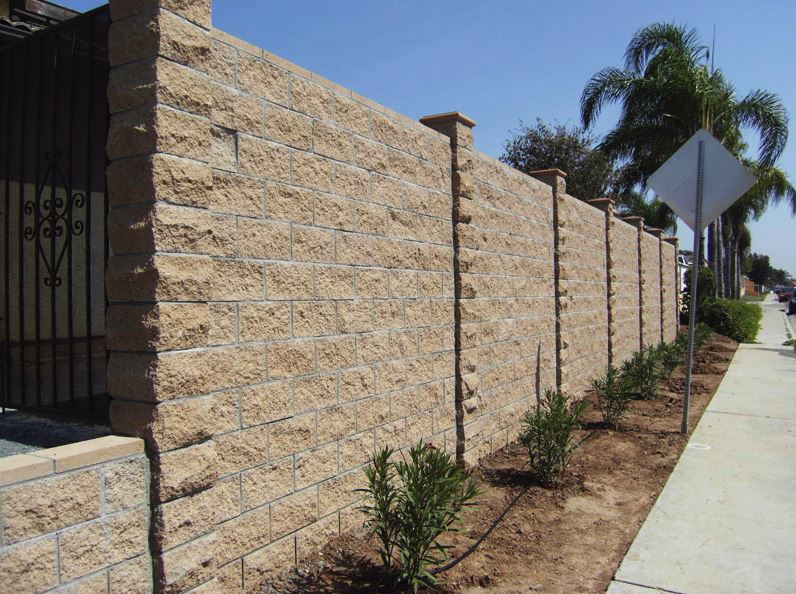Concrete retaining walls are important additions for homes that are built on hills or slopes and require the work of a professional concrete contractor to ensure proper and secure installation.
Retaining walls can be beneficial to keep soil held back in a home’s yard, and can prevent severe damage in the property, especially during rainy season.
In general, there are 4 types of retaining walls. Here, you will find a brief explanation of the 4 types and their benefits:
1. Gravity Retaining Walls
These type of walls are appropriate when the extension of the slope is not to big or high. They are not usually built taller than four feet and they rely on the weight and distribution of the building material to resist the pressure of the slope behind it.
The advantages of having a gravity retaining wall installed are that they’re quickly installed and very cost-effective.
2. Cantilever Retaining Walls
These are single layered walls built with a base connected to the slab and usually of a uniform thickness. The cantilever retaining walls can have a significant height to support tall slopes and can also support a considerable amount of earth.
Although the main construction material of this retaining walls is concrete, they require steel reinforcement in its base and surface.
3. Anchored Retaining Walls
The anchored retaining walls are usually utilized in big constructions where greater strength is needed to hold back large and heavy slopes and they utilize cables that fasten the top and base together to add more strength and help the wall resist the pressure, preventing it from becoming unstable.
This type of retaining wall is ideal for supporting really heavy loads.
4. Counterfort Retaining Walls
This is one of the strongest types of concrete retaining walls. The counterforts are used to tie the slab and base together to reduce the pressure imposed by the soil. These offer a cost-effective solution to retain soil effectively and can be built for heights of over 25 ft.
Although all four types of retaining walls can be adapted to fit your landscape, there are some factors that should be considered before starting your project. For that reason, the help and guidance of a professional concrete contractor is necessary if you want good and long lasting results.
So before moving forward with your retaining wall project, give us a call to help you determine which design is best to meet all your requirements.




It’s interesting to read about these different retaining walls. I’m glad that you mentioned how gravity retaining walls can be used when the slope on my property isn’t too big or too high. The slope on my property is about two feet high, so this might be a good option if it’s cost-effective.
I don’t know what kind of retaining wall to use. I didn’t realize that there were so many! I like the idea of a cantilever retaining wall. I like that they can support a larger amount of earth!
I’m trying to have a retaining wall installed. I didn’t know that there were so many different kinds of them! I think a gravity retaining wall would be good for me since the difference in slope isn’t that much.